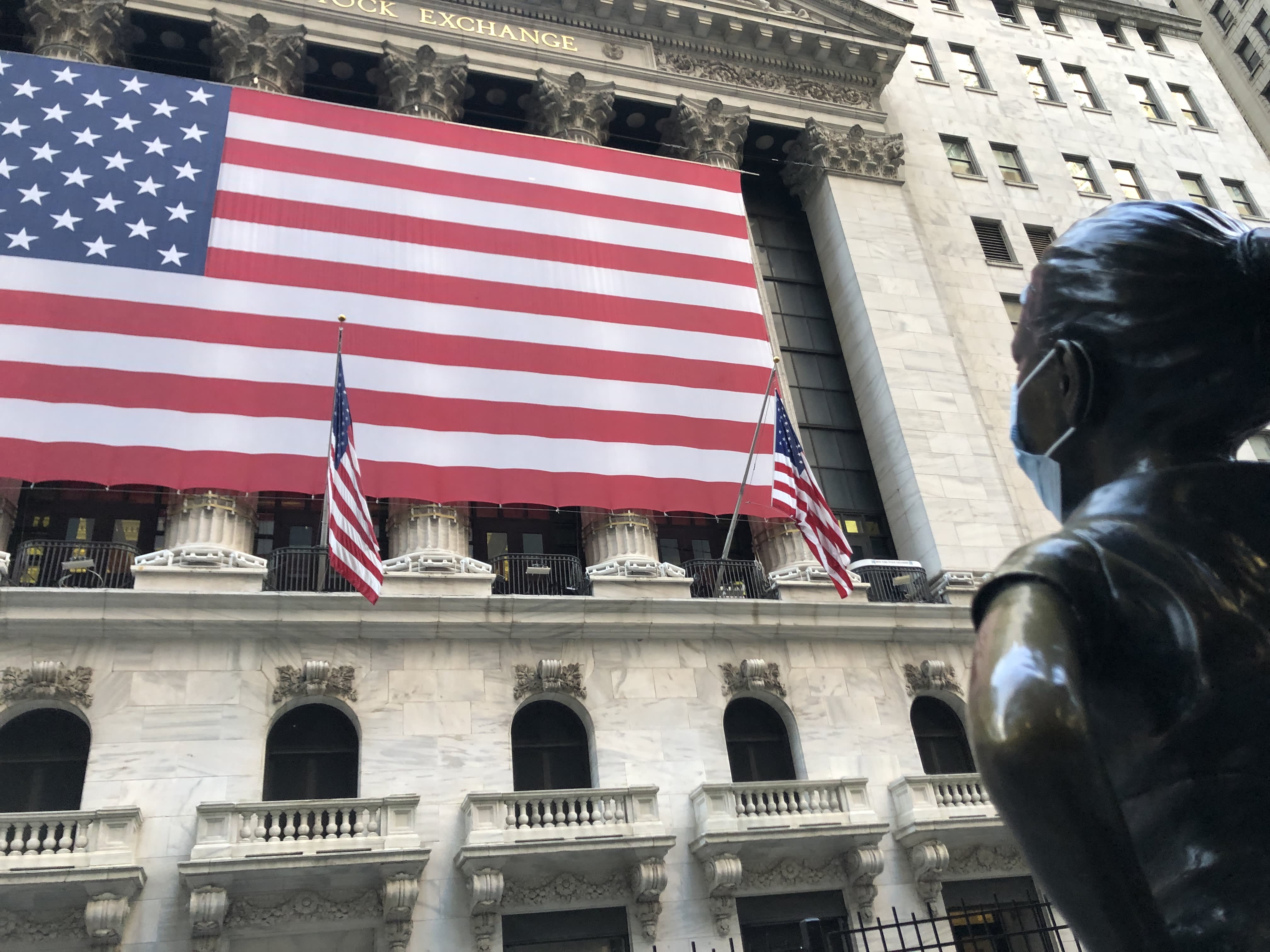S&P 500 futures fall as 10-year bond yield surges to 14-month high

Futures contracts tied to the S&P 500 dipped early Thursday pressured by tech shares as a spike in bond fueled fears of equity valuations and caused investors to sell high flyers.
S&P 500 futures fell 0.8% and Nasdaq 100 futures dropped 1.8%. Apple, Alphabet, Microsoft and Facebook all slid at least 1% in premarket trading. Tesla slipped more than 2%. Dow Jones Industrial Average futures traded flat.
The move in futures came as the 10-year Treasury yield jumped 10 basis points to 1.74%, its highest level since January 2020. The 30-year rate also climbed 6 basis points and breached the 2.5% level for the first time since August 2019. Rising bond yields can have an outsized impact on growth stocks as they make their future returns less valuable today.
Investors will monitor the latest jobless claims data due Thursday morning. Economist polled by Dow Jones were expecting a total of 700,000 first-time unemployment-benefits filers in the week ending March 13, down from 712,000 in the week prior.
The blue-chip Dow closed above 33,000 for the first time on Wednesday after the Federal Reserve said it does not expect to hike interest rates through 2023.
Fed Chair Jerome Powell reiterated that the central bank wants to see inflation consistently above its 2% target and material improvement in the U.S. labor market before considering changes to rates or its monthly bond purchases.
The key message from Wednesday’s Fed meeting “is that the committee expects to be extraordinarily accommodative for a very long time to come, even as the economic outlook brightens,” wrote Eric Winograd, senior economist at AB.
“The FOMC shares the market’s view that growth and inflation are likely to rebound as activity surges in 2021, but it does not view that surge in activity as durable,” he added.
Announcements from the Fed and its leader dictated trading on Wednesday after the Fed upgraded its economic outlook to reflect expectations for a stronger recovery while simultaneously quelling investors’ concerns that it could abandon its easy monetary policy sooner than expected.
The Fed said it expects to see gross domestic product grow 6.5% in 2021 before cooling off in later years and inflation rise 2.2% this year as measured by personal consumption expenditures. The central bank’s stated goal is to keep inflation at 2% over the long run.
But Powell managed to convince traders that the Fed would need to see a material and sustained move upward in prices and a sharp drop in unemployment before debating changes to its current easy policy stance.




